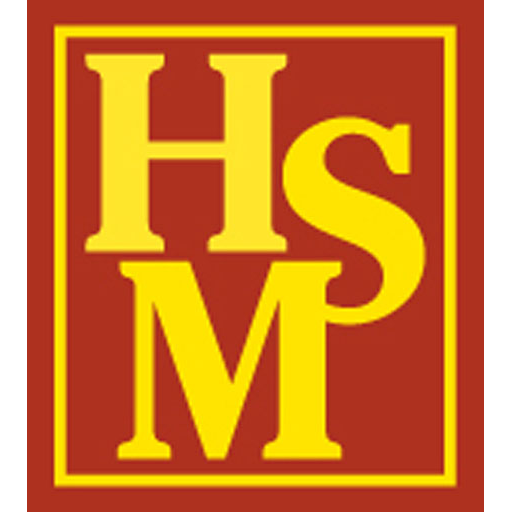Historical Society Plans 2011 Activities
The Historical Society of the Town of Middletown, Delaware County, with six successful years of programming and preservation projects under its belt, is making plans for its seventh season celebrating local history.
Members will receive a detailed calendar of events in March.
A three-part series exploring the histories of several families with long ties to Middletown and vicinity will begin in early March. These “Genealogy Lunches” will be held Saturdays, March 5, April 2 and April 16 in the Community Room of Fairview Public Library from 11 to 1. Participants are encouraged to bring a lunch, and a notebook to record information about Hendricks and Kittles, Meads and McMurrays, Sanfords, Rosas and many other names who may tie into their own family trees!
On Saturday, May 14, a pleasant hike of moderate difficulty will lead to a history talk at the summit of Balsam Lake Mountain (between Dry Brook and Millbrook in the Town of Hardenburgh). Laurie Rankin, whose dad, Larry Baker was a fire observer at the mountain’s fire tower, will explain the tower’s history as she and husband Tom welcome hikers into the tower’s cab on the 3,723-foot mountain.
“Eye on Arkville” on Thursday, July 28 will feature a slide show of historic images of the community that long rivaled Margaretville as the commercial center of Middletown. Postcard collector Lynda Stratton, and local historian Bud Barnes will share their images and knowledge in this evening program at the Arkville Fire Hall.
Autumn programs will include a photo exhibition of remaining Middletown barns and a demonstration by timber framer Wayne Ford at the Cauliflower Festival Sept. 24; a tour of several barns on October 2, and a then-and-now photographic exhibit titled “Time and Time Again” by Michael Musante, who will show and discuss the project at the HSM annual meeting October 23 at the Halcottsville Grange Hall.
Meanwhile, Friends of Middletown Cemeteries will meet Saturday, Mar. 19 at 10 a.m. at Fairview Library to discuss 2011projects, which will include completing the restoration of the Arkville Cemetery. All are welcome to bring project ideas to the meeting, and to participate in headstone inventories, signage initiatives, repair projects and a cemetery driving tour to be developed this year.
